Project completion
Kuwait presents nationwide Waste Management Stragegy
For the first time, a comprehensive nationwide waste strategy has been developed in a country in the Gulf region. The project was commissioned by the Environment Public Authority (EPA) of Kuwait. Over a period of five years, the German Fraunhofer Institute for Environmental-, Safety-, and Energy Technology (UMSICHT) and its partners analysed the waste generation and management as well as the 20 major landfill sites in Kuwait. The data was used to develop the Kuwait National Waste Management Strategy 2040 (KNWMS). It sets out the implementation plan for the next 20 years.
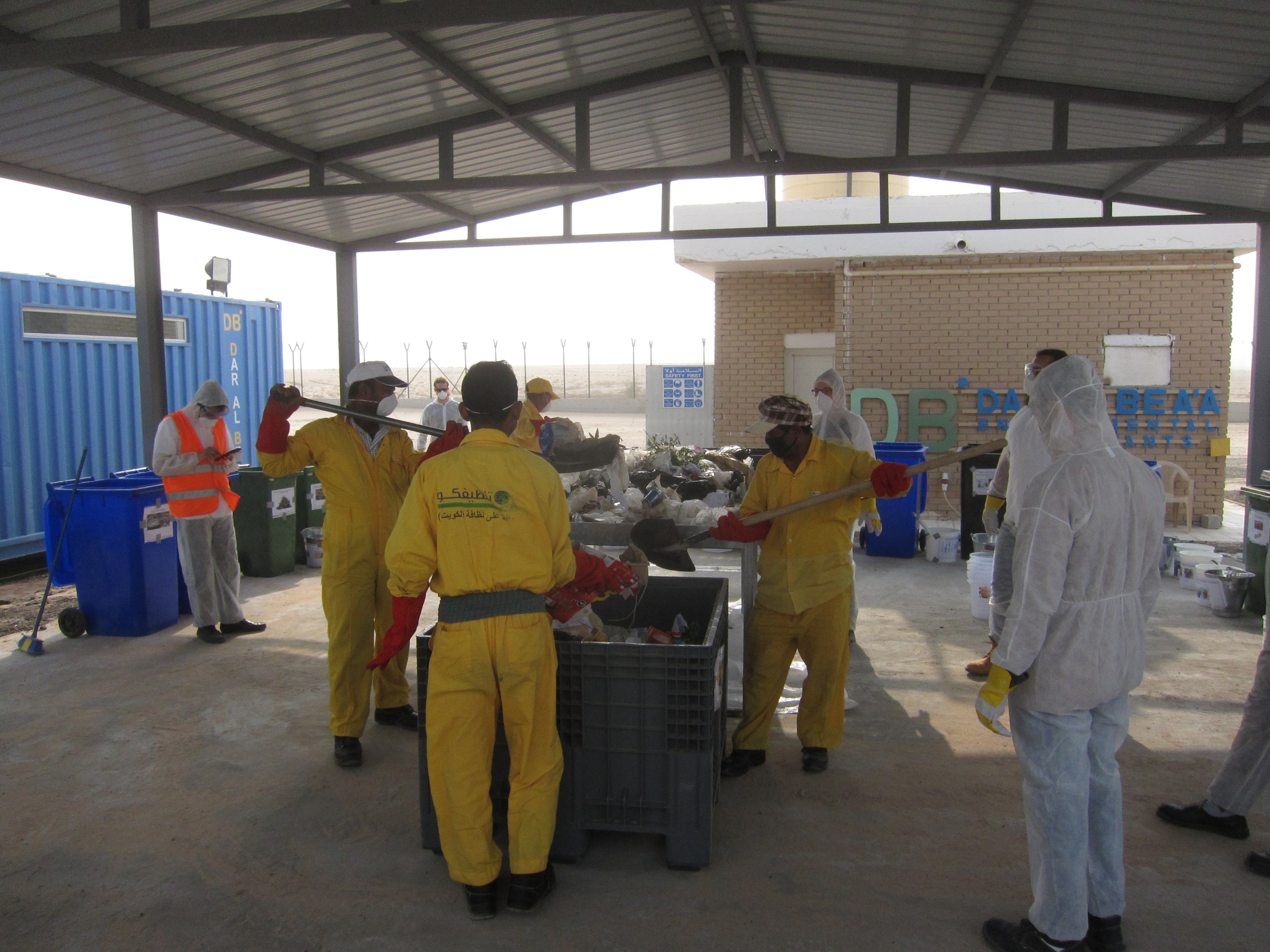
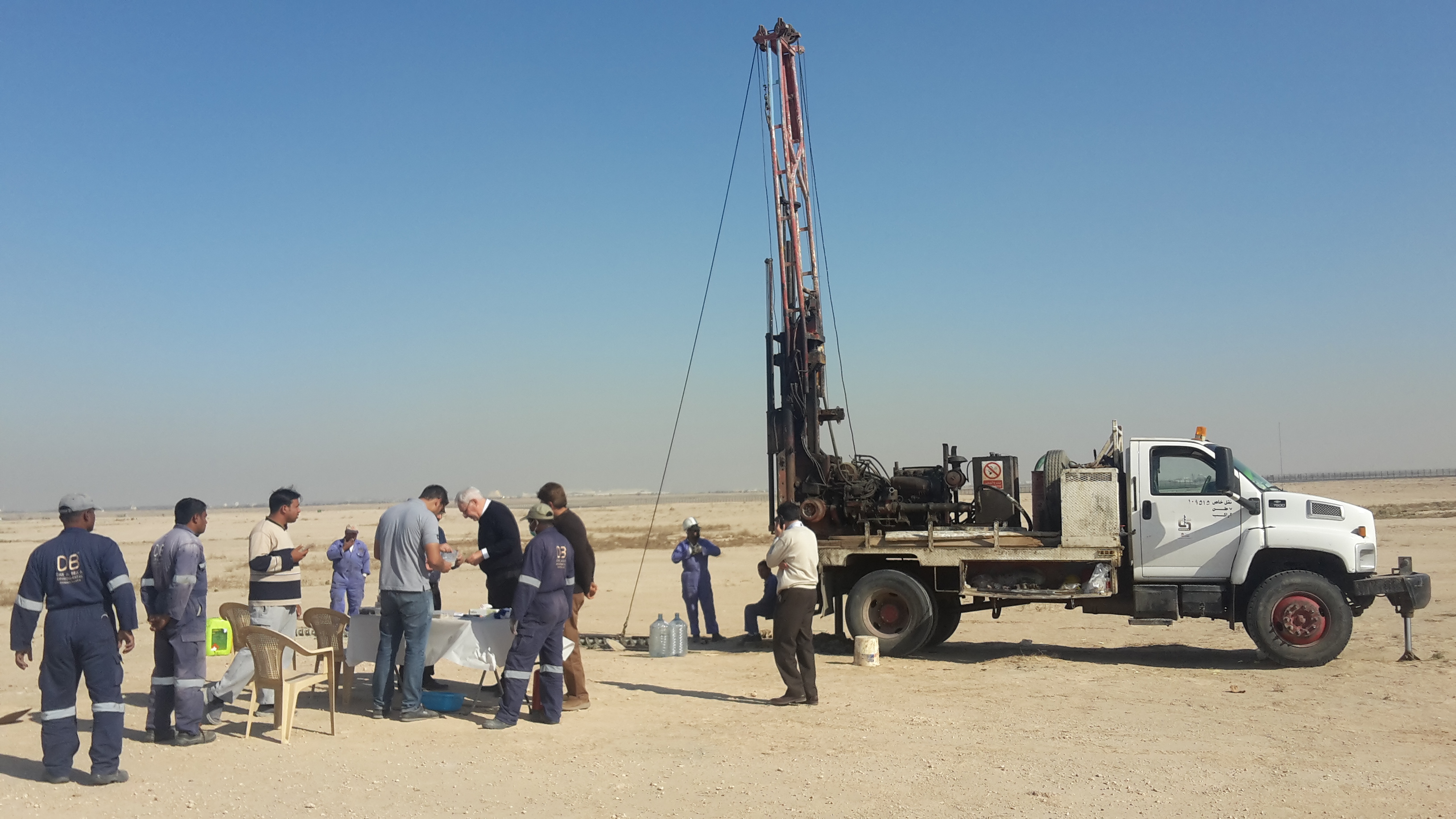
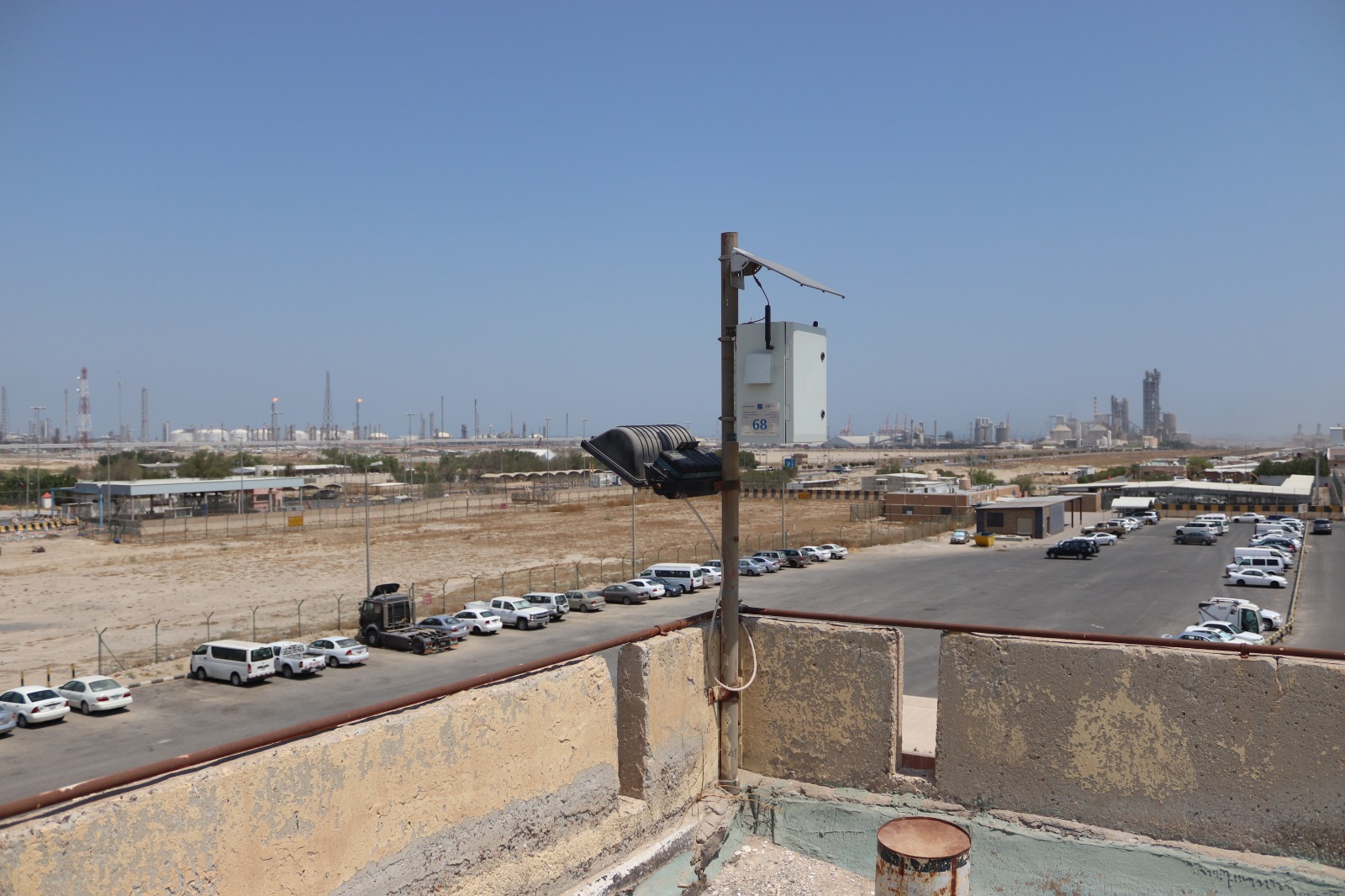
Already at the End of May '24 Eng. Sameera Al-Kandari, Acting Director General of EPA, has officially presented the KNWMS to all concerned authorities in Kuwait. During the event the project team around Fraunhofer Institute UMSICHT was honoured with an award for the successful completion of the project. »We want to thank Fraunhofer UMSICHT and its partners for the long and fruitful cooperation,« says Eng. Sameera Al-Kandari, Acting Director General of EPA. »The extent of the eMISK project has been unprecedented in the region. The formal presentation of the KNWMS 2040 to the Kuwaiti authorities and public on 28th of May represent an important step towards its implementation in the coming years.«
Waste survey and data collection
The first major task of the project named eMISKWaste (Environmental Monitoring Information System of Kuwait, Domain »Waste«) was to understand the current waste management system and to extrapolate waste amounts and properties, as there was only minor reporting and statistical data on waste in Kuwait at the start of the project. In order to do that, the team led by Fraunhofer UMSICHT conducted 411 interviews with waste generators and waste disposal companies, sorted 175 mixed waste samples to understand their composition and tested 712 samples for their chemical-physical properties. The team found that the country generated between 37 to 43 million tons of waste per year in 2017/18, including excavated soils and waste from mining activities. »The collected data represents a good estimation and overview of the country’s waste generation and management pathways. This data forms the basis of all strategical decisions that EPA and all involved stakeholders in Kuwait have made based on our recommendations,« says Dipl.-Ing. Katharina Reh, responsible for the waste survey and KNWMS development. »However, these measurements and extrapolations cannot replace a continuous waste recording in the future, which is an important part of the KNWMS 2040.«
Investigation and monitoring of 20 Landfills
In parallel, the Fraunhofer team and its partners analysed the 20 most relevant landfill sites, covering more than 36 km² of survey area. »The extreme size of the area made it necessary to develop an integrated investigation method that combines geophysical and geotechnical methods,« explains project manager Dr.-Ing. Peter Degener. In addition, the team built hundreds of landfill gas and groundwater monitoring wells to test the effects of the landfill sites on the environment. »We evaluated the impact of each individual landfill on selected subjects of protection: air, groundwater, soil and population. We found that ten landfills pose a high risk to at least one of these four goods. In order to make them safe, a continued monitoring and, in some cases, remediation measures are necessary. That is why the implementation of the KNWMS 2040 is so important,« says Peter Degener.
Newly developed Geo-Database.
To facilitate the gathered data from the waste surveys and landfill exploration and all future recordings, the already existing eMISK-geodatabase was extended for the domain »waste«. 17 new web-applications were developed during the project. For example, these applications facilitate the exchange of data between ministries, manage treatment permits or allow the digital tracking of hazardous wastes.
In a final step, the gathered information and tools were used to develop the Waste Strategy itself: KNWMS 2040. »Of course, the strategy development is a political process. We provide and interpret the data and give recommendations to facilitate the decision making. For instance, we developed two to three alternative management scenarios for each of the major waste streams to show the economic, ecological and social effects of different approaches,« says M.Sc. Lena Bersch, coordinator of the strategy development. »Together with EPA and the Kuwaiti stakeholders we developed 28 targets. One of the major goals is to drastically reduce the landfill rate by setting recycling and recovery targets for waste streams like municipal solid waste and construction and demolition waste. But we also focused on other waste streams, landfill rehabilitation, legal adaptation, capacity building and monitoring.«
Unique project for the whole gulf region
»We are both proud and grateful for the opportunity to have worked on this ambitious project,« says Prof. Dr.-Ing. Matthias Franke, Director of the Institute Branch Sulzbach-Rosenberg of Fraunhofer UMSICHT. »The eMISK-Waste project truly represents a unique flagship project in the whole gulf region and beyond and we are grateful for the long and fruitful cooperation with EPA, the local stakeholders and our partners.«
The consortium comprised envero GmbH, INFA Institute, INTECUS GmbH, Ramboll Group, BlackForest Solutions GmbH, Ingenieurgruppe RUK GmbH, Nordum Academy and TOMM+C as well as Giscon Middle East and Dar Al Bea’a Environmental Consultants.
Waste Management Atlas of Kuwait
The Waste Management Atlas of Kuwait, available in English and Arabic language, displays some of the main results of this project in informative and accessible graphs and figures. It illustrates the current status of waste generation and management for all waste types from household over construction up to hazardous industrial waste and from collection to final disposal of these wastes.
Furthermore, the environmental status of 17 landfills in Kuwait is presented, including landfill body volumes, composition and rehabilitation status. Based on this, it looks ahead and presents the waste management strategy to prevent future harm to humans and the environment and increase waste recycling and recovery.
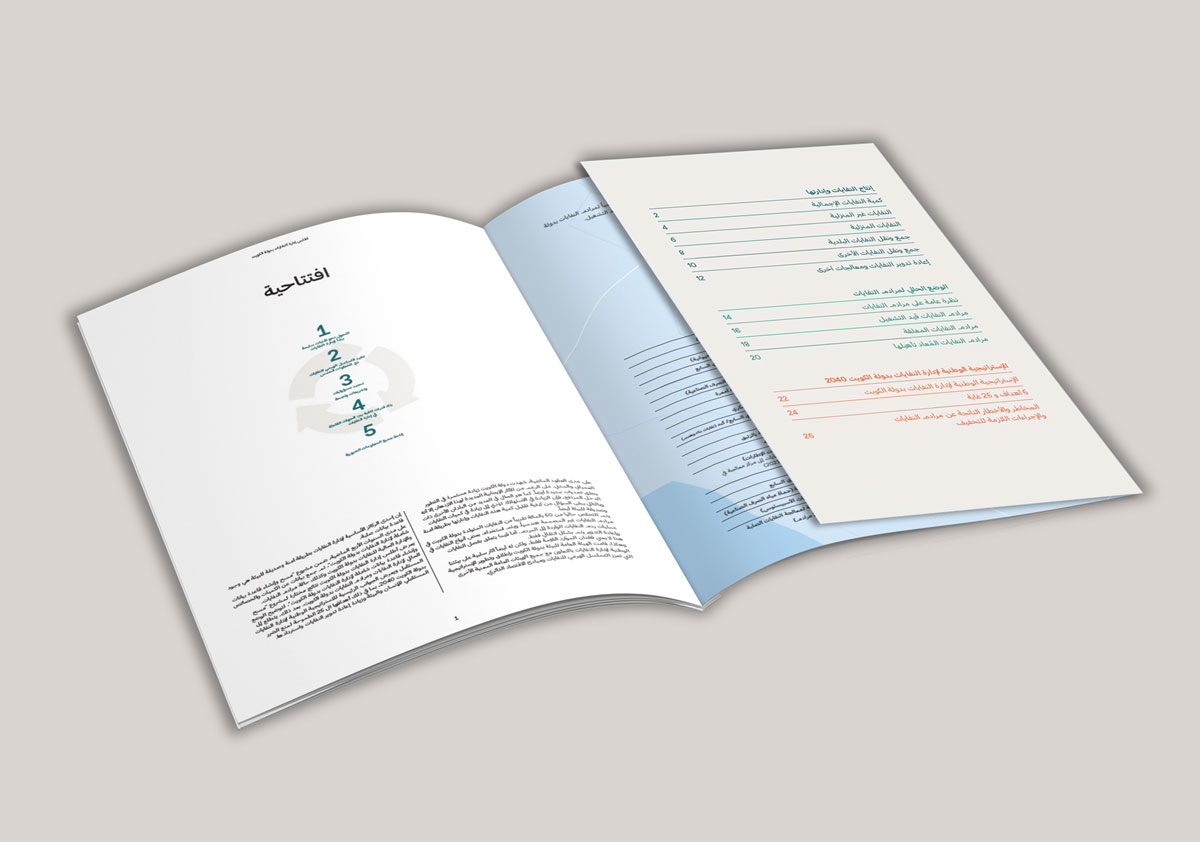
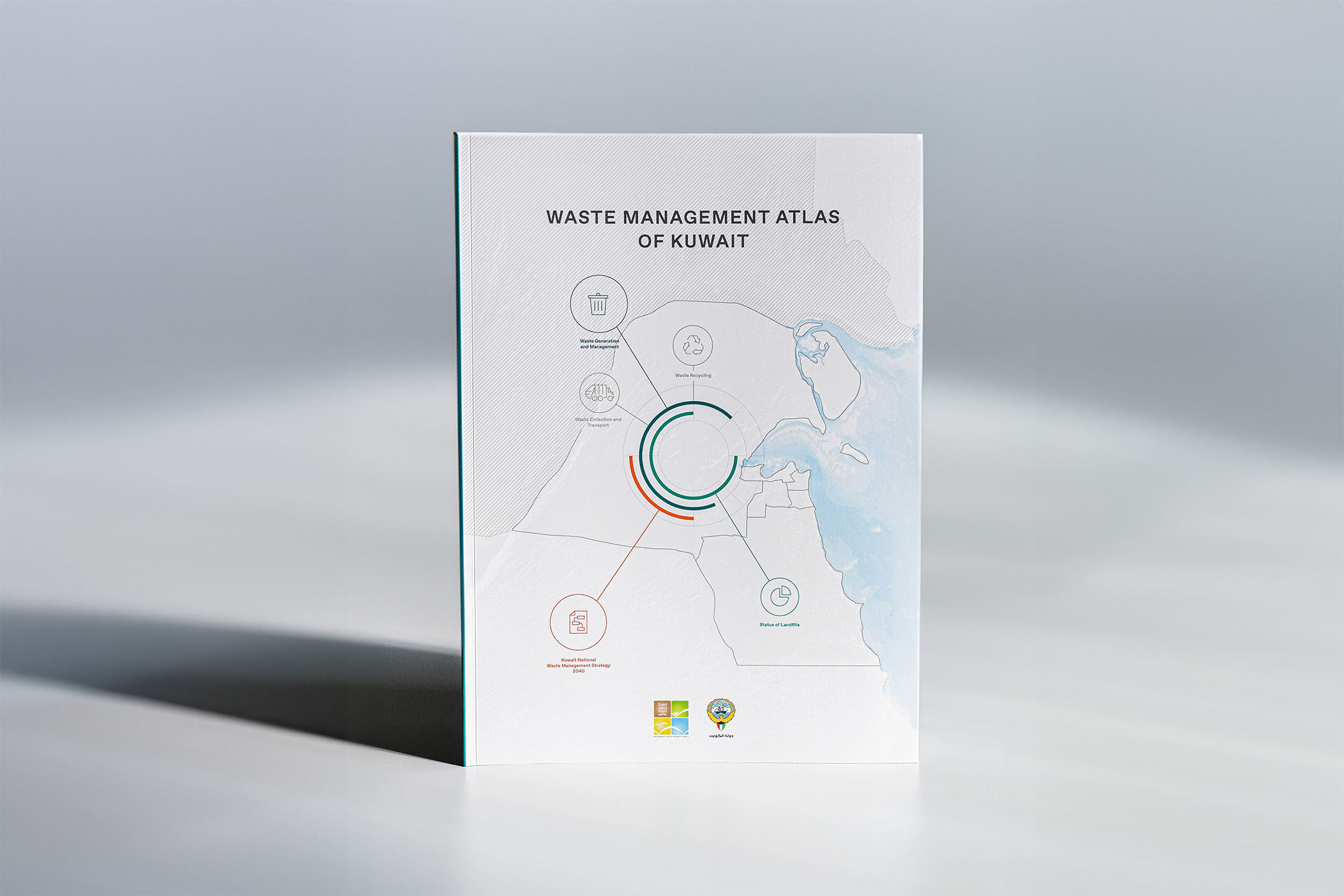
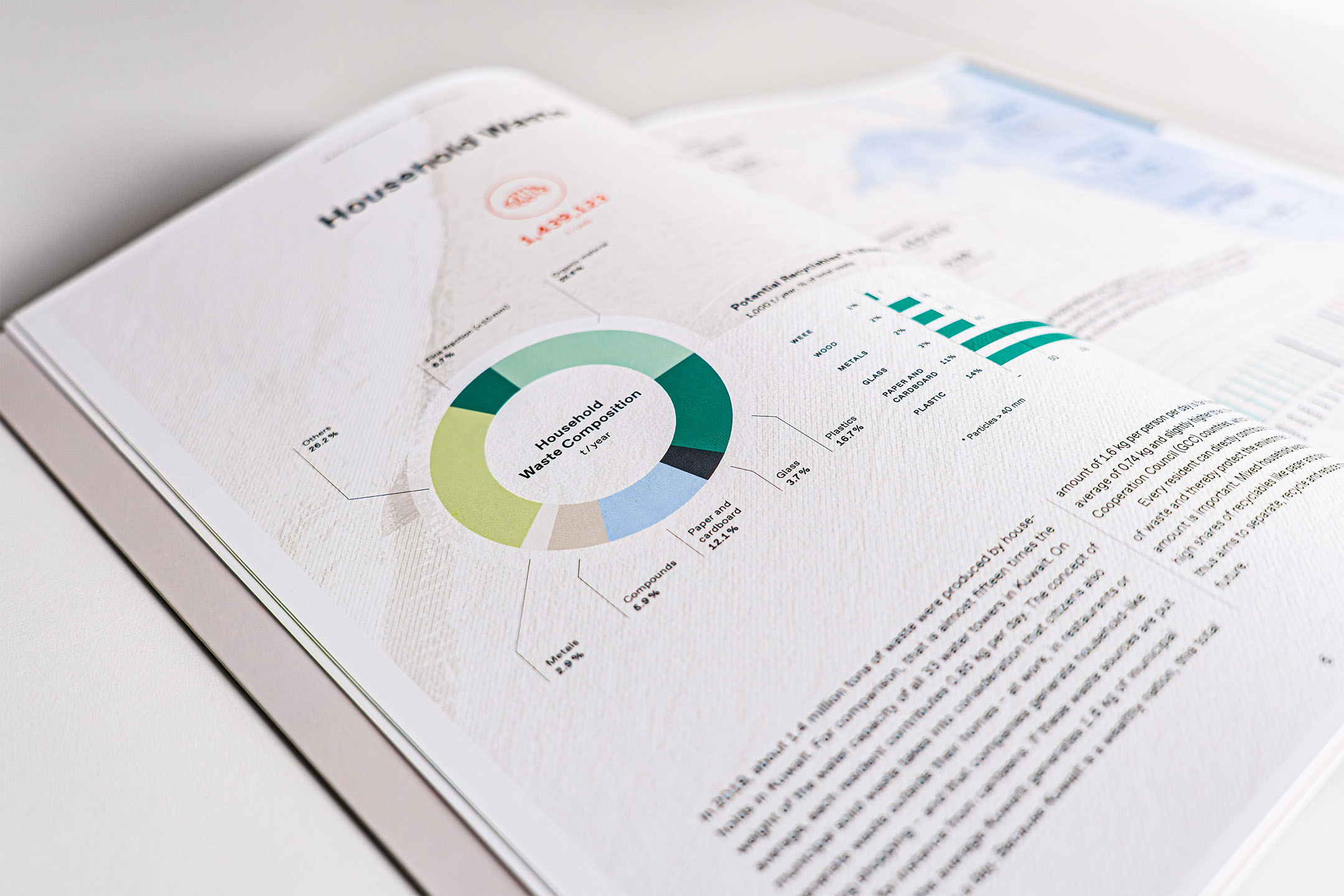
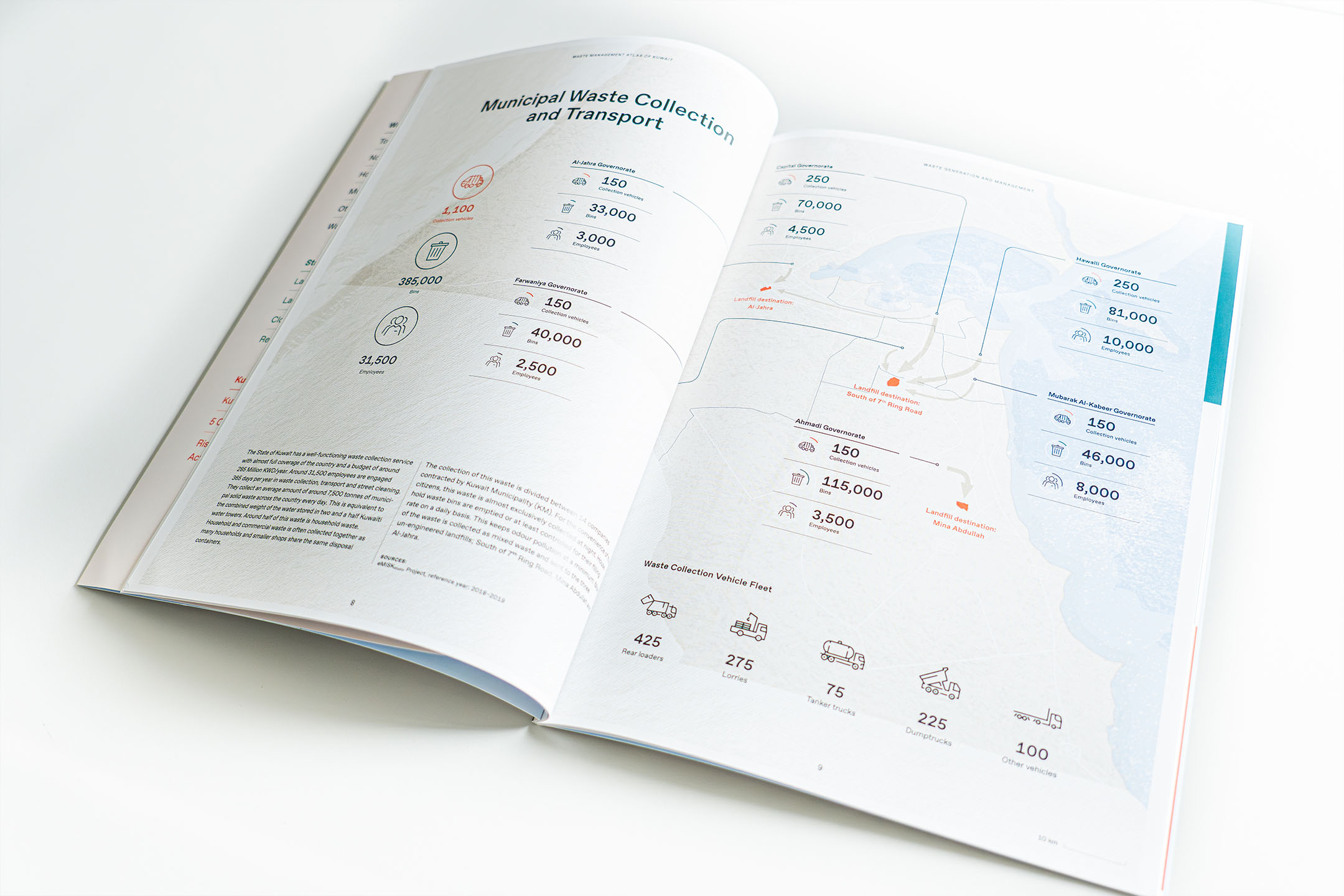
Last modified:




